Throughout history, peacock feathers have captivated human imagination with their stunning iridescent colors and distinctive eye patterns. These magnificent plumes have inspired countless myths, superstitions, and cultural beliefs around the world. From being considered harbingers of bad luck to symbols of immortality, peacock feathers have accumulated a fascinating array of contradictory associations. This article explores the most prevalent myths surrounding peacock feathers, examining their origins and the truth behind these colorful tales. Join us as we separate fact from fiction in this comprehensive collection of peacock feather lore.
The Evil Eye: Peacock Feathers as Omens of Misfortune
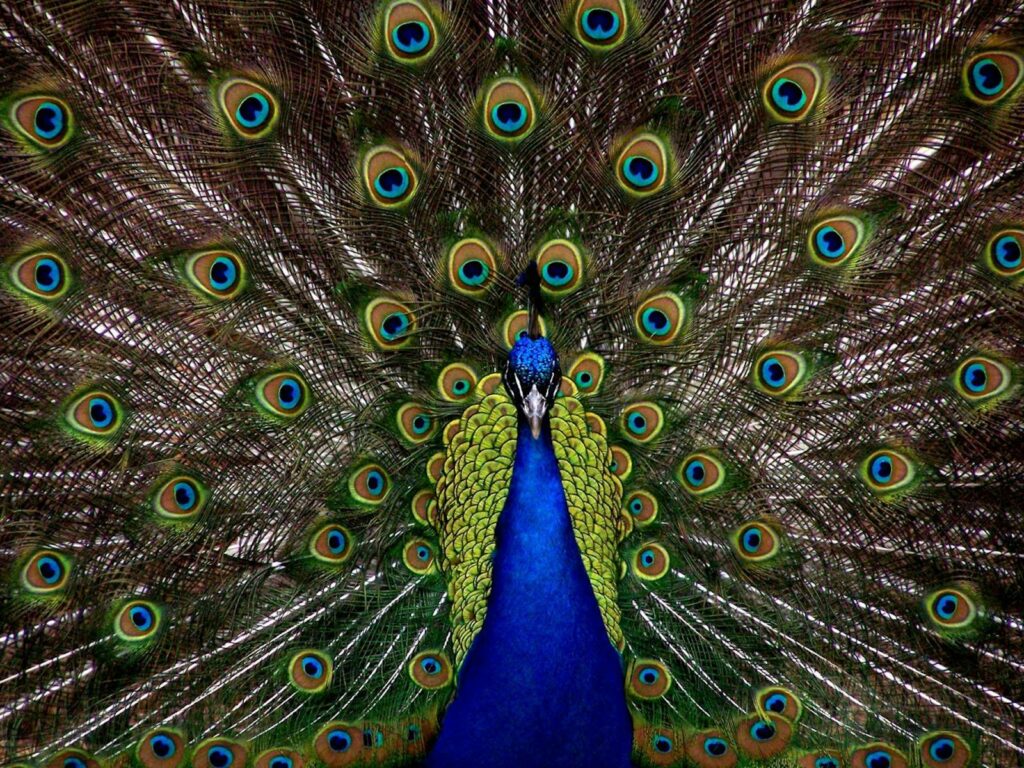
One of the most persistent myths about peacock feathers is that they bring bad luck when brought into a home. This superstition can be traced back to Mediterranean cultures where the eye-like pattern on peacock feathers was associated with the “evil eye” – a malevolent glare believed to cause misfortune. In Victorian England, theater performers considered peacock feathers extremely unlucky, with stories of productions falling apart after these feathers appeared on stage. This belief was so strong that some theaters banned peacock feathers entirely from props and costumes. Interestingly, this negative association exists primarily in Western cultures, showing how interpretations of the same natural object can vary dramatically across different societies.
Divine Protection: Peacock Feathers in Eastern Traditions
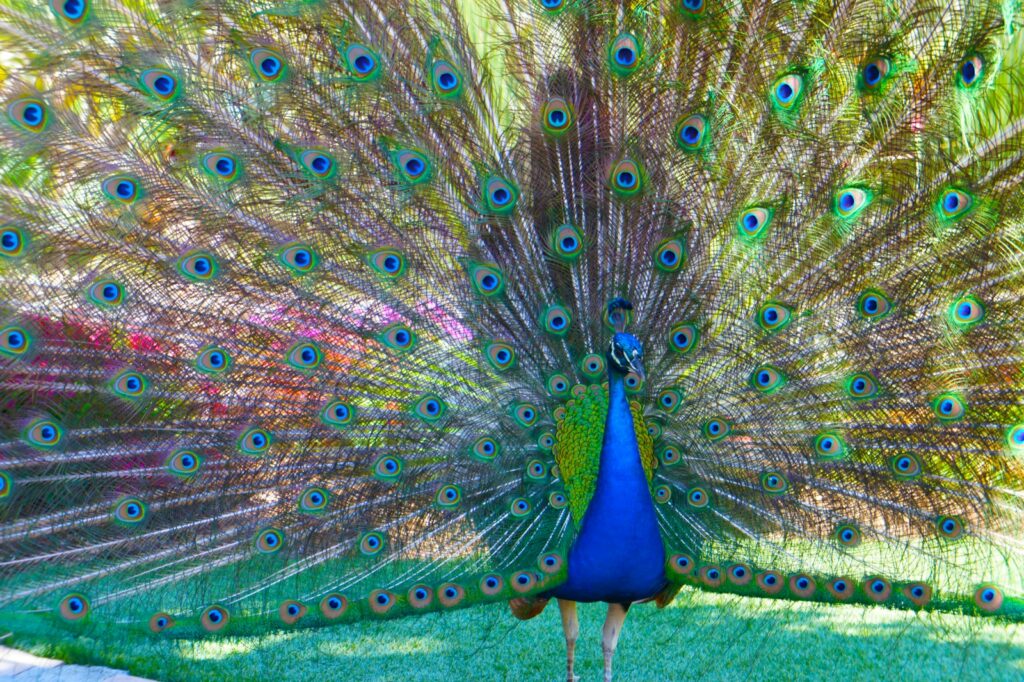
Contrary to Western superstitions, many Eastern cultures revere peacock feathers as symbols of protection and good fortune. In Hindu tradition, the peacock is associated with Lakshmi, the goddess of wealth, prosperity, and beauty, making its feathers auspicious symbols. Lord Krishna, a major deity in Hinduism, is often depicted wearing peacock feathers in his crown, symbolizing his divine nature and beauty. In Buddhist traditions, especially in Southeast Asia, peacock feathers represent compassion and watchfulness. Chinese royalty used peacock feathers as badges of rank and honor, with the “Peacock Feather” being a specific award granted by emperors to officials for meritorious service to the empire.
The Myth of Vanity and Pride
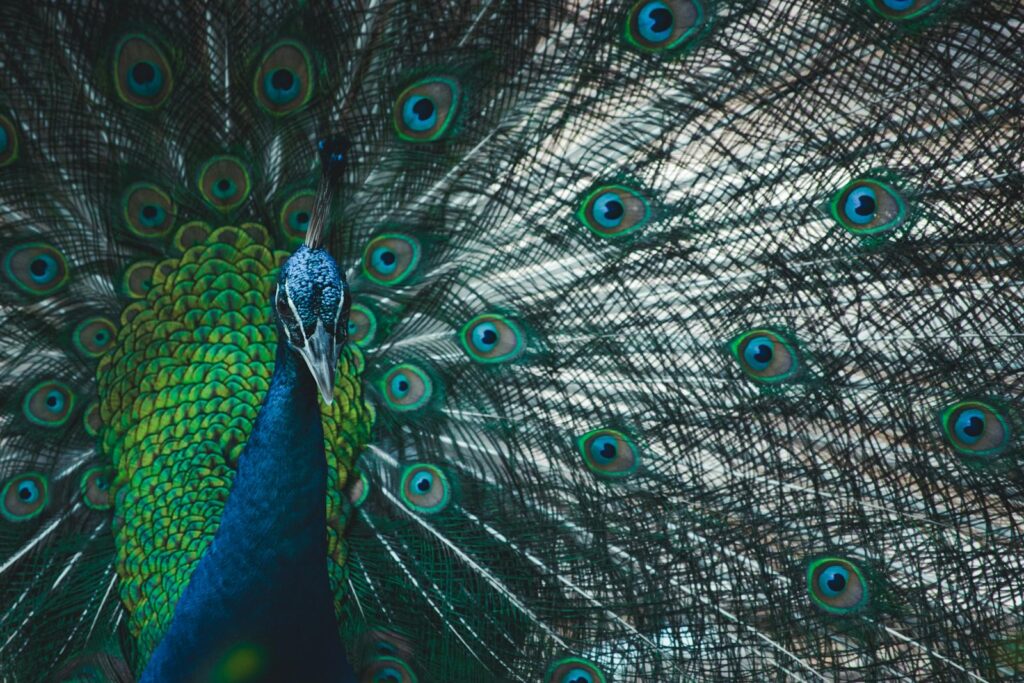
Peacock feathers have long been associated with vanity, pride, and excessive self-admiration. This connection stems from the bird’s dramatic courtship display, where male peacocks fan out their spectacular train to attract females. This imagery was particularly potent in Christian symbolism, where peacocks sometimes represented pride – one of the seven deadly sins. Interestingly, medieval bestiaries (books about animals and their symbolic meanings) presented contradictory views of peacocks, sometimes portraying them as symbols of vanity while simultaneously using them to represent resurrection and immortality. This duality reflects the complex human relationship with beauty – both admiring it and being suspicious of its power to captivate and distract.
Immortality and Renewal: The Incorruptible Feather
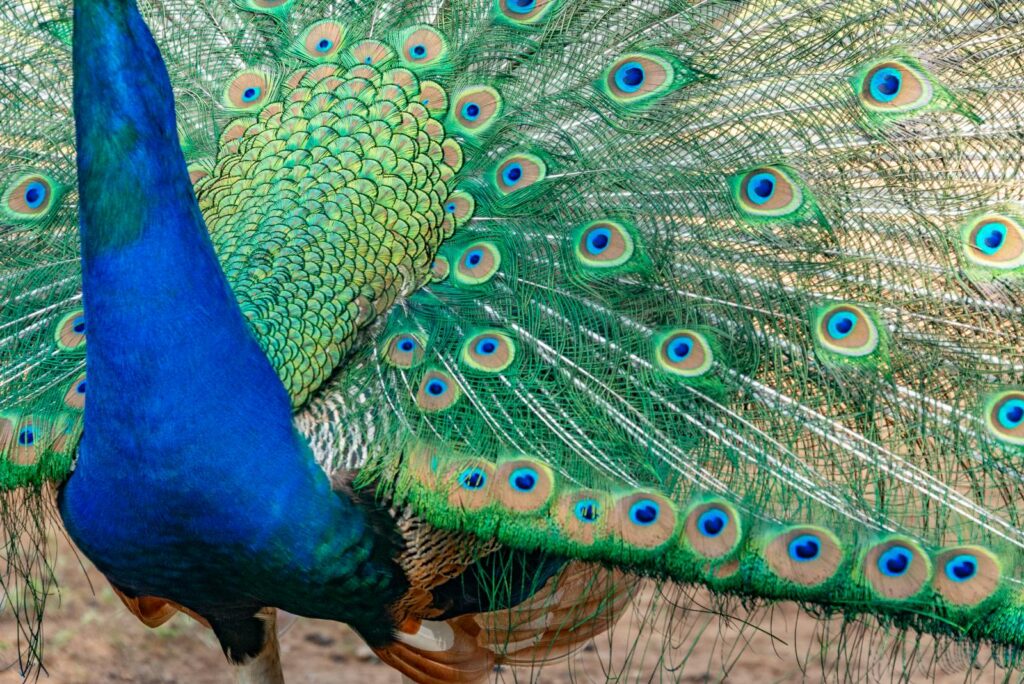
An ancient belief held that peacock feathers never decay or are eaten by insects, making them symbols of immortality and incorruptibility. Early Christians adopted this symbolism, using peacocks in catacomb art to represent resurrection and eternal life. This myth likely originated from observations that peacock feathers retain their vibrant colors long after being shed, creating the impression of permanence. While not actually immortal, peacock feathers do contain natural copper compounds that make them somewhat resistant to certain types of degradation. These compounds, which contribute to the feathers’ iridescent blue and green colors, have mild antimicrobial properties that can temporarily delay decomposition compared to other bird feathers.
The Royal Connection: Peacock Feathers and Power
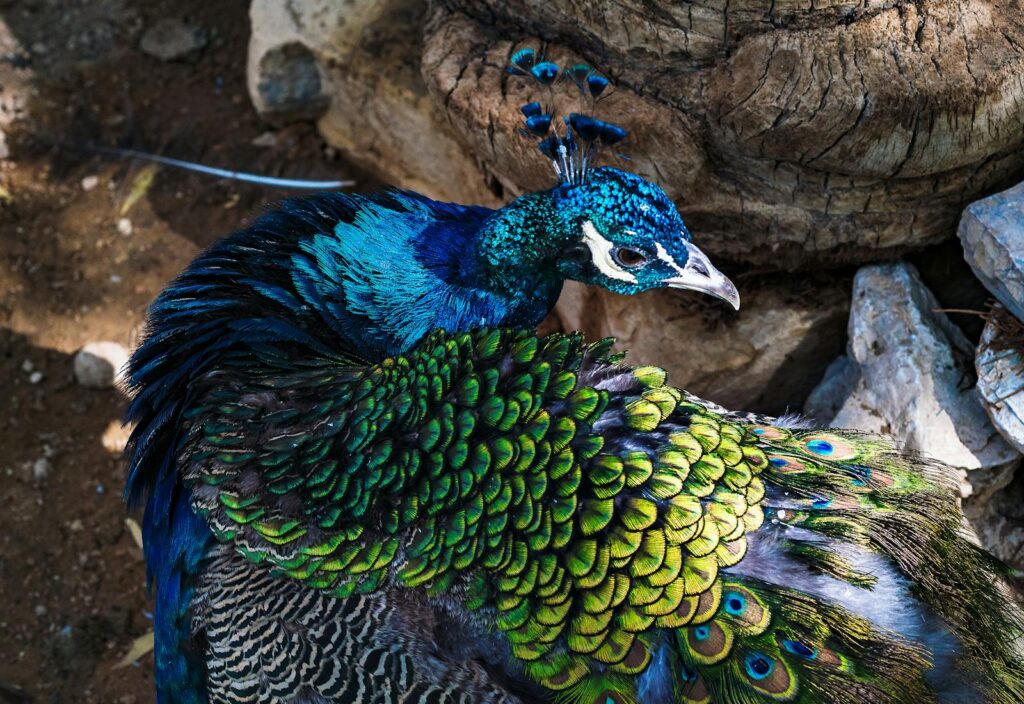
Throughout history, peacock feathers have been associated with royalty, power, and divine right to rule. In ancient Persia, only kings were permitted to wear peacock feathers, symbolizing their sovereignty and connection to divine glory. Mughal emperors of India incorporated peacock motifs and actual feathers into their thrones, with the famous Peacock Throne becoming a symbol of imperial might. European royalty later adopted peacock imagery for similar purposes, with Queen Mary I of England having peacock feathers embroidered on her ceremonial robes. This royal connection stemmed not just from the feathers’ beauty but also from their rarity and the difficulty of obtaining them in regions where peacocks weren’t native.
All-Seeing Eyes: Surveillance and Protection
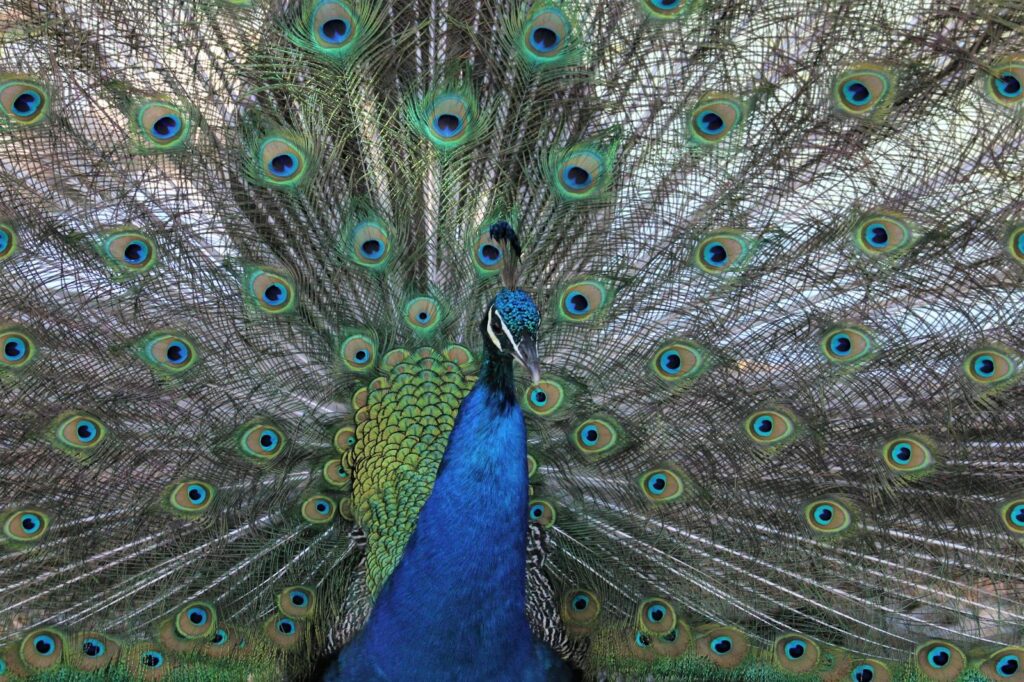
The distinctive “eyes” on peacock feathers have generated numerous myths about their protective and watchful qualities. In some cultures, these eyes were thought to represent constant vigilance, with the belief that peacock feathers could watch over a household and warn of approaching danger. Some folkloric traditions held that hanging peacock feathers in doorways would prevent evil spirits from entering, as the many “eyes” would frighten them away. In parts of India, mothers would place peacock feathers near babies to guard them during sleep, believing the feathers would keep watch when humans couldn’t. Modern interpretations sometimes connect this symbolism to mindfulness and awareness, suggesting the peacock feather as a reminder to remain present and attentive.
The Myth of Poisonous Peacock Feathers
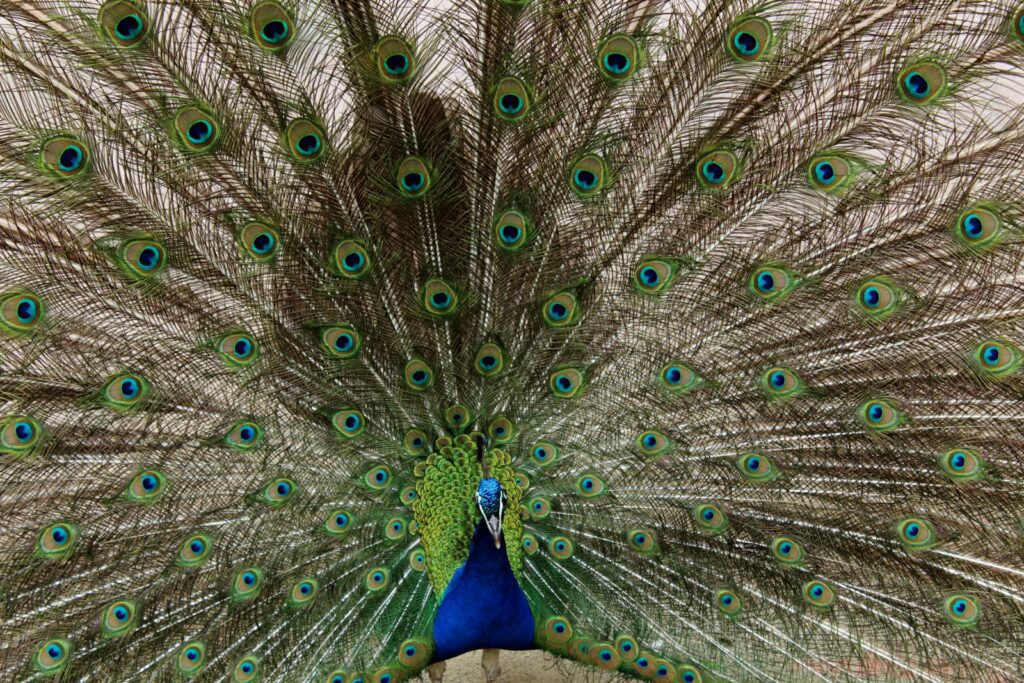
A persistent modern myth claims that peacock feathers are toxic or poisonous to humans, particularly if touched or kept indoors. This misconception likely evolved from the bad luck superstitions, transforming cultural taboos into supposed physical dangers. In reality, peacock feathers contain no toxic compounds and are perfectly safe to handle. Like all bird feathers, they can collect dust and occasionally harbor mites, but they pose no inherent health risk beyond what would be associated with any natural object brought indoors. The myth may also stem from confusion with certain poisonous butterflies and insects that have eye-spot patterns similar to those on peacock feathers, creating a false association between these visual patterns and toxicity.
Courtship Myths: Male vs. Female Feathers
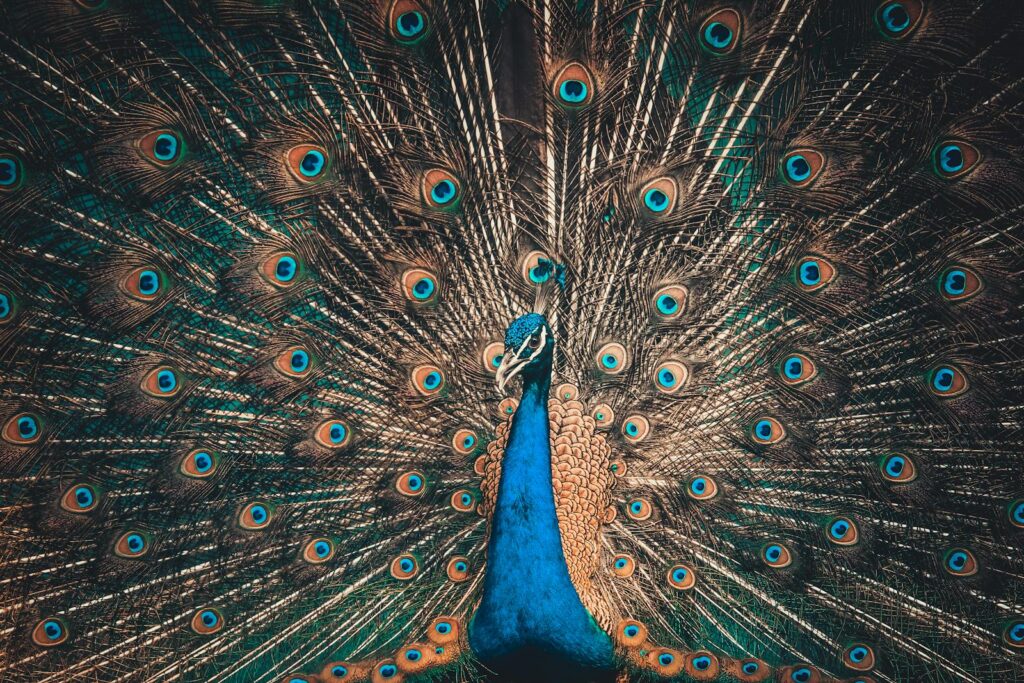
A common misconception holds that female peacocks (properly called peahens) also display the magnificent tail feathers associated with peacocks. In reality, only male peacocks grow the extravagant train of feathers used in courtship displays, a classic example of sexual dimorphism in the animal kingdom. This has led to the incorrect belief that the term “peacock” refers only to males, when it technically refers to the species Pavo cristatus regardless of gender. The male’s spectacular plumage evolved through sexual selection, with peahens favoring males with the most impressive displays, suggesting good genes and vitality. Interestingly, research has shown that peahens pay particular attention to the symmetry and number of eyespots, not just the overall size of the display.
Healing Powers and Medicinal Uses
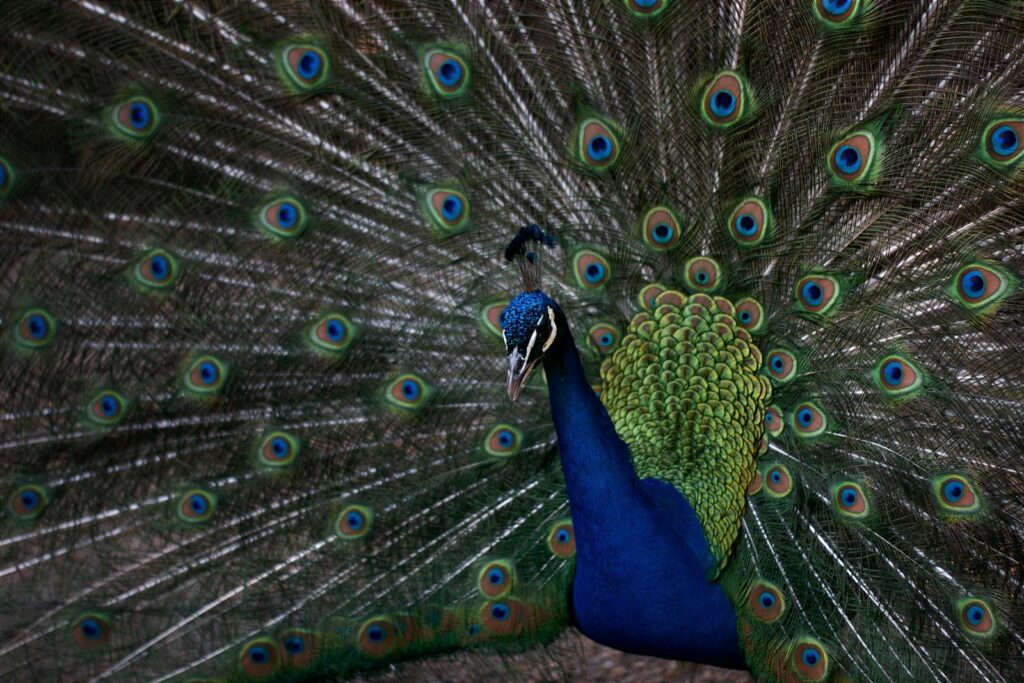
Numerous traditional medicine systems attributed healing properties to peacock feathers, creating a rich mythology around their therapeutic potential. In traditional Chinese medicine, peacock feather ash was used to treat poisonous bites and certain skin conditions, while in parts of India, they were believed to help prevent or treat respiratory ailments. Some folk remedies suggested placing peacock feathers under pillows to cure insomnia or alleviate nightmares. While modern science doesn’t support specific medicinal benefits of peacock feathers, researchers have studied the nanostructures that create their iridescent colors for potential applications in photonics and materials science. This represents an interesting evolution from mythical healing properties to genuine scientific interest in peacock feather structure.
The Myth of the Phoenix Connection
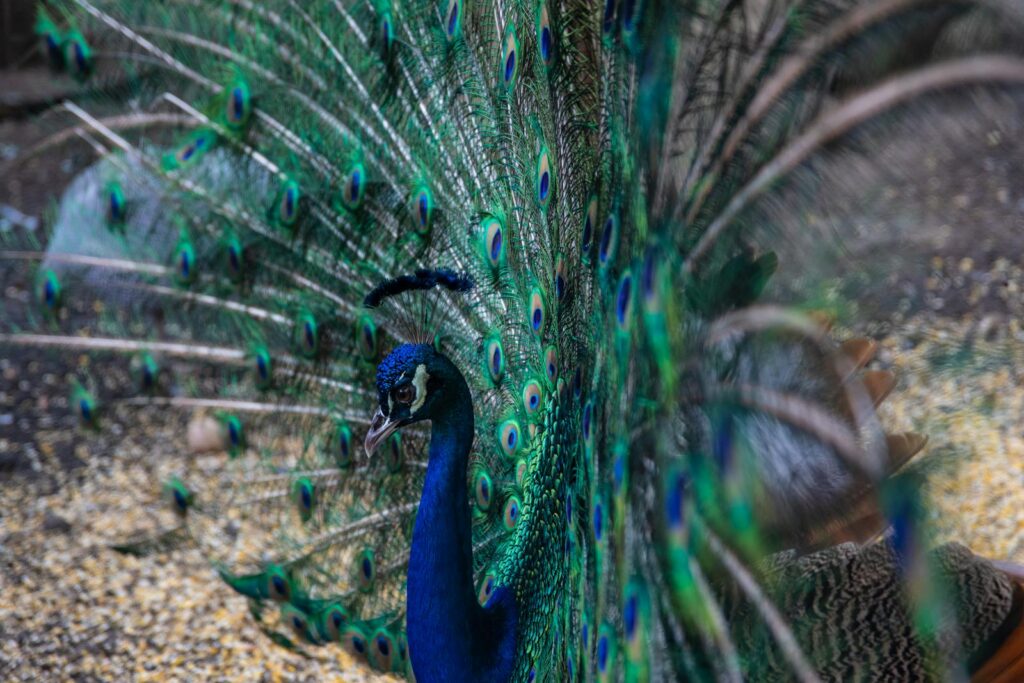
Some mythological traditions confused or combined peacocks with the legendary phoenix, creating hybrid myths about peacock feathers rising from ashes or representing rebirth. This connection likely arose from both birds being associated with the sun, fire, and renewal in various cultures. In Byzantine and early Christian art, the two birds were sometimes depicted with similar characteristics, further blurring their distinct mythologies. The peacock’s annual molting and regrowth of its magnificent train reinforced this association with cyclical renewal. While scientifically unrelated, this mythological connection highlights how different symbolic birds could merge in cultural imagination, especially when they shared visual characteristics like brilliant plumage or associations with celestial bodies.
Artistic Inspirations: Peacock Feathers in Creative Mythology
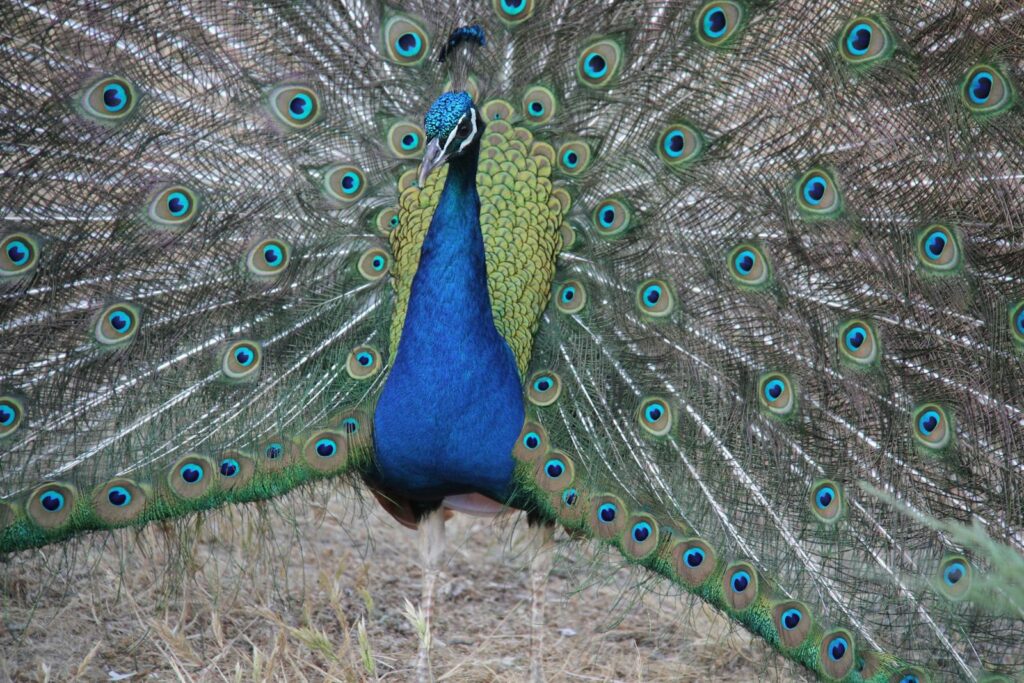
Beyond spiritual and cultural myths, peacock feathers have inspired artistic legends and creative traditions across centuries. The Art Nouveau movement of the late 19th and early 20th centuries embraced peacock imagery, with designers like Louis Comfort Tiffany creating iconic peacock feather lamps and decorative objects. In literature, Oscar Wilde’s fairy tale “The Birthday of the Infanta” features a magical peacock that symbolizes beauty and mortality. Japanese artistic traditions incorporated peacock feathers into intricate embroidery patterns, believing they brought aesthetic harmony to visual compositions. The distinctive patterns have even influenced modern fashion myths, with some designers claiming peacock-inspired designs can enhance confidence and attract positive attention, showing how ancient symbolism continues to evolve in contemporary contexts.
The Truth Behind the Colors: Natural Science vs. Myth
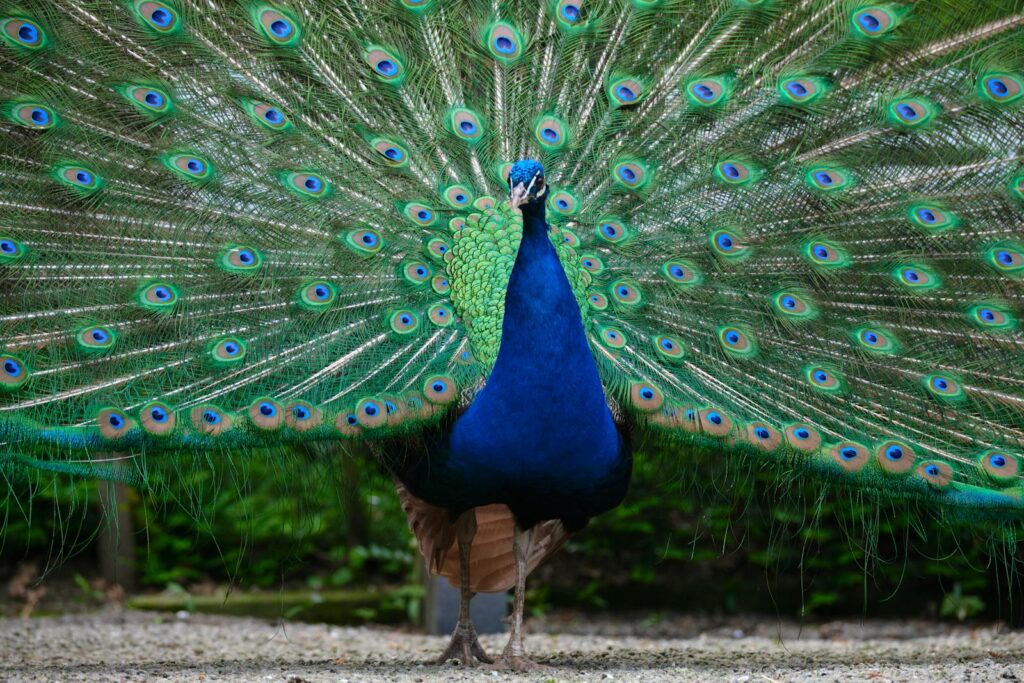
Perhaps the most fascinating aspect of peacock feather mythology involves misconceptions about their remarkable coloration. Many believe the vibrant blues and greens come from pigments, but they actually result from microscopic structures that reflect specific wavelengths of light through a phenomenon called structural coloration. This natural marvel created myths about divine origin, with some traditions claiming the colors were painted by gods or contained celestial energy. In reality, the feathers’ nanostructures consist of melanin rods arranged in lattice formations that selectively scatter light waves, creating iridescence. When peacock feathers get wet, their colors temporarily intensify rather than fade, contrary to common belief, because the water fills microscopic gaps and enhances the structural color effect.
Contemporary Superstitions in Modern Homes
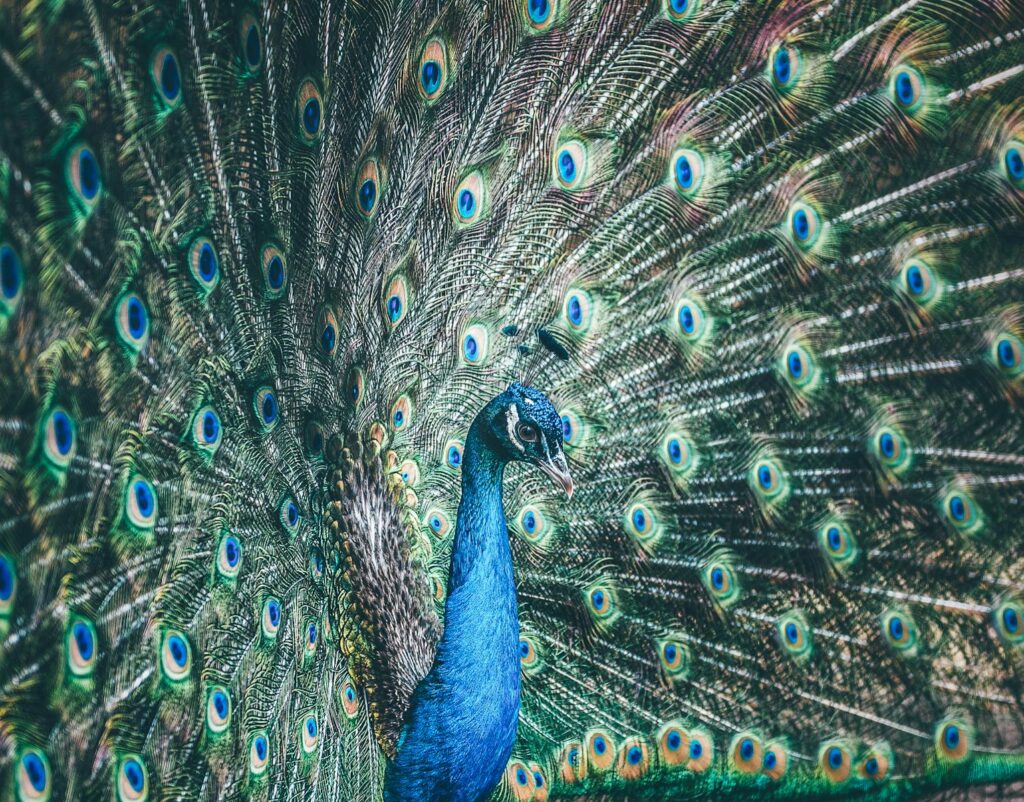
Despite our scientific understanding of peacock feathers, many contemporary superstitions persist about displaying them in homes. Some interior designers report clients refusing peacock feathers in decorative arrangements based on traditional superstitions, while others specifically request them for their supposed protective qualities. Modern feng shui practitioners sometimes recommend peacock feathers to activate the southeast area of homes, associated with wealth and abundance. Interestingly, wedding planners note regional differences in peacock feather acceptability, with some cultural communities embracing them as symbols of prosperity while others avoid them entirely for nuptial decorations. These contradictory modern practices demonstrate how ancient myths continue to influence behavior even in societies that ostensibly prioritize scientific explanations over supernatural beliefs.
Peacock feathers stand as remarkable examples of how natural objects become laden with human meaning, symbolism, and superstition. The contradictory myths surrounding these magnificent feathers—simultaneously considered lucky and unlucky, protective and dangerous, humble and vain—reflect the complexity of human cultural responses to beauty and mystery. While science has explained the physical properties that make peacock feathers so captivating, it hasn’t diminished their cultural significance. In fact, understanding the remarkable natural engineering behind these feathers only adds another layer to their mystique. Whether viewed through the lens of science, spirituality, art, or folklore, peacock feathers continue to fascinate us, proving that even in an age of information, we still find room for myth and wonder in our appreciation of the natural world.
